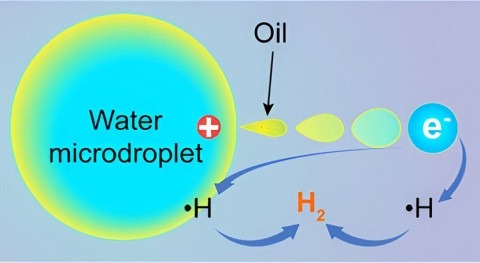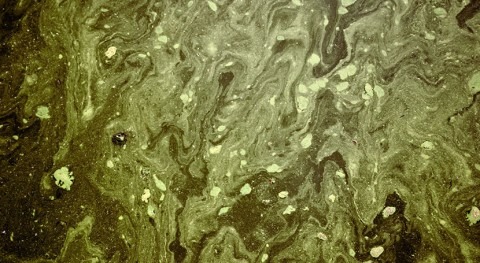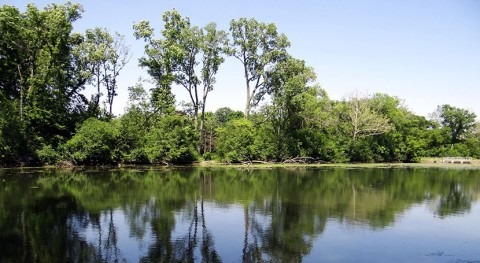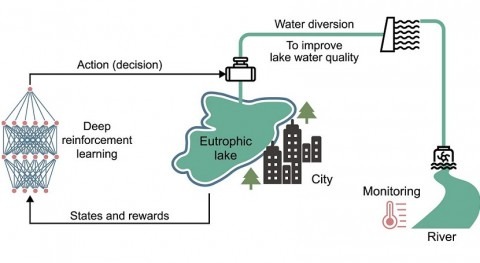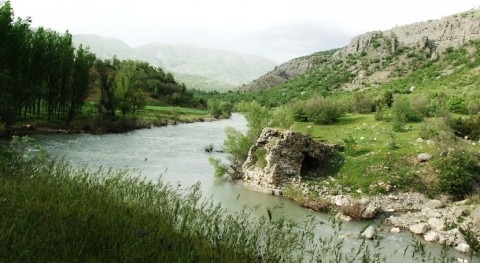The recently erupted White Island volcano in New Zealand has caused more than 40 casualties. In addition to the short-term damage, large volcanic eruptions can also cause significant climate change for the next two to three years.
"We found that rainfall increased significantly in global arid regions after volcanic eruptions," said ZUO Meng, a doctoral student from the Institute of Atmospheric Physics (IAP) of the Chinese Academy of Sciences. A study, conducted by ZUO and her mentors Prof. ZHOU Tianjun and associate Prof. MAN Wenmin, was recently published in Journal of Geophysical Research: Atmospheres.
Arid region is defined by regions where the local summer precipitation is less than 1 mm per day. Occupying approximately 41% of terrestrial land surfaces, arid regions are home to more than 38% of the world’s population, and they are among the most sensitive areas to climate change and natural disasters.
Previous studies have examined the precipitation response in arid regions to human activities, but knowledge of the hydroclimate response to natural external forcing such as volcanic aerosol over arid regions is quite limited.
ZUO analyzed large sets of data and the climate model simulations to investigate the impacts of volcanic eruptions on rainfall over global arid regions. "I think we are the first to give a comprehensive picture of rainfall changes over arid regions after volcanic eruptions, and use a diagnostic method to quantitatively analyze the factors determining rainfall response, which is helpful to understand the different physical processes of volcanoes at different latitudes affecting the rainfall responses."
Both the proxy and observations showed that the arid regions got wetter after different types of volcanic eruptions. The researchers suggested the underlying mechanism - the changes in atmospheric circulation - play a dominant role in rainfall responses.
The wetter arid regions were attributed to the enhanced cross equator flow and the monsoon-desert coupling mechanism. They also found that the response of the extreme rainfall was consistent with that of the mean rainfall, but more sensitive on a regional scale, which were related to drought and flood hazards.
"This work has implications on the design of Decadal Climate Prediction Project (DCPP) experiments and the implementation of geoengineering activities," said Prof. ZHOU Tianjun, the corresponding author of the paper.




